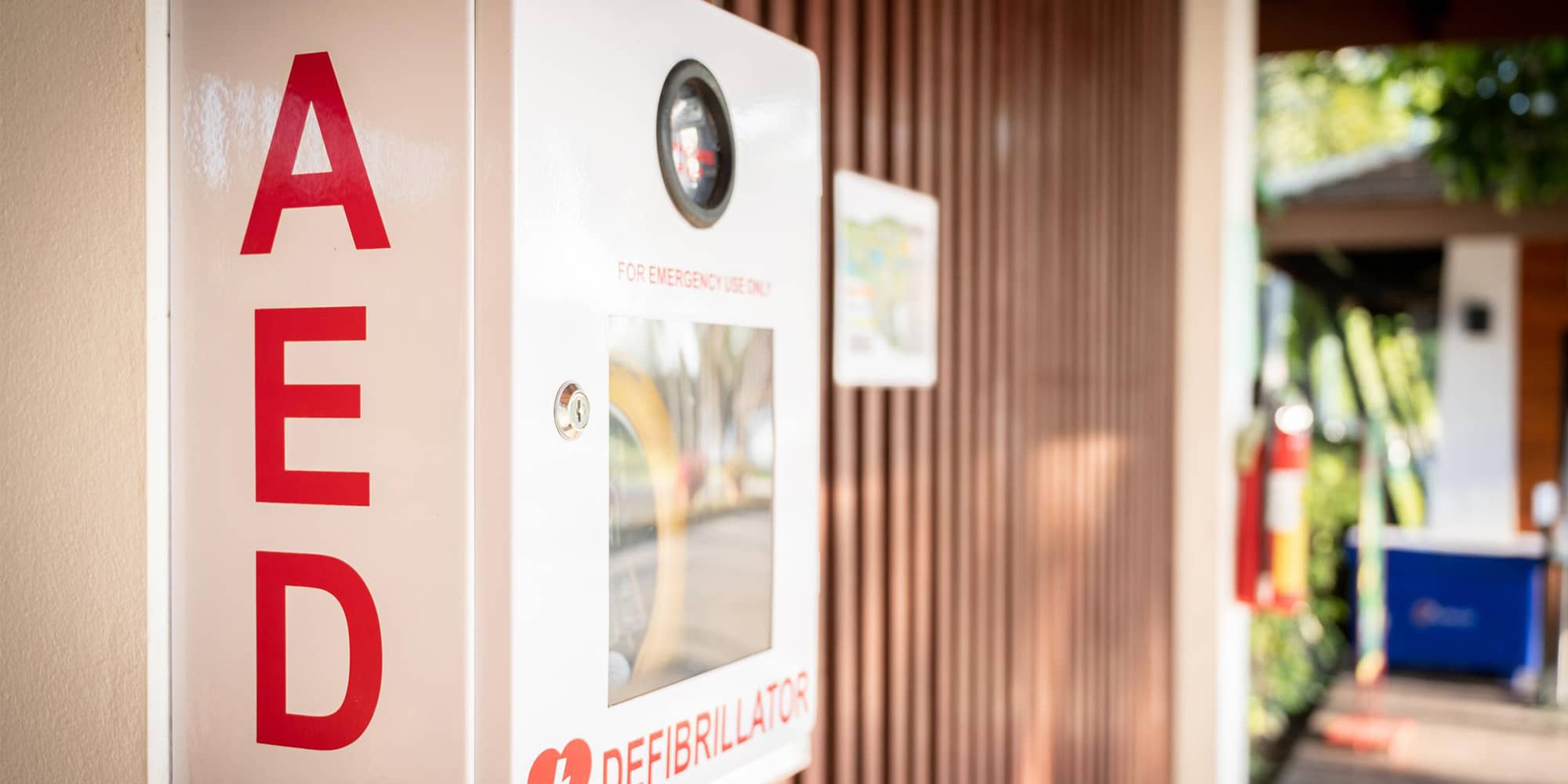This article outlines key guidelines for managing AEDs in health clubs to minimize legal risks and ensure compliance with state regulations.
Are you taking the right steps to minimize your risk associated with maintaining an Automated External Defibrillator (“AED”) on site? Many states now have legislation in place that requires health clubs have an AED on site to respond to cardiac emergencies.
There are a variety of reasons why a health club might maintain an AED; and if your club chooses to maintain one, it is important to understand how to minimize the risk associated with such a program.
The following insight regarding minimizing the legal risk of an AED program is provided by Think Safe, Inc.
You cannot eliminate the risk, but you can help control it and therefore minimize the potential for a lawsuit. Attention to the following six essential elements is critical to help minimize the risk.
Avoid cutting corners in any of these areas:
- Medical direction/oversight – From the time of AED purchase, your AED program and emergency response plans should update to allow integration. All AEDs need a prescription (Rx) to comply with FDA regulations. Oversight is much more than an AED Rx, however. Many states require medical oversight (sign off on the AED program at a facility).
- Approved training – Use a certified and nationally accredited training program vendor. Such organizations are: American Heart Association (“AHA”), Red Cross, ASHI, Medic First Aid, ECSI or IOHSA – some of which have quality, low-cost programs that integrate technology and provide instructors, or online components of training, or both.
- Local EMS notification – Establish a working relationship with your local EMS. Advise them of AED placements at your facility.
- Process/implementation – A process should be developed to ensure correct documentation is in place. Documentation should be standardized, and AED locations and information should be properly communicated to all involved. New hires should receive communication and procedures related to the AED program.
- Maintain equipment – Follow manufacturers and industry recommendations for maintaining AEDs and supplies. Use a checklist and assign an AED site coordinator to regularly inspect the device.
- Refresh - Give responders the opportunity to perform quarterly or monthly refreshers on skills by scenario training or online training refresher courses/quizzes.
The liability associated with the implementation of an AED program may be minimal. Legal fears should not deter you from considering the benefits of having an AED at your organization, and following the six essentials for compliance can help lower the risk. In fact, companies that carefully adopt and implement a safety program that includes AEDs are at lowest risk for liability.
Think Safe, Inc. manufactures innovative products for injury management and develops resources to improve access to First Aid, CPR, and emergency medical training.
Think Safe, Inc. employees are technical experts in emergency readiness and First Aid, AEDs, and medical and environmental emergency response programs that help organizations comply with local, state and federal regulatory requirements. You can learn more about Think Safe, Inc. and the services they provide at Think Safe | Think Safe.

